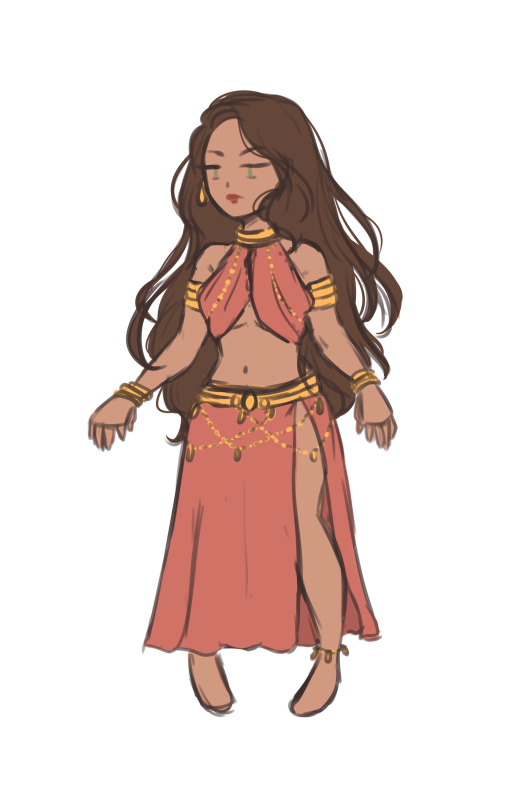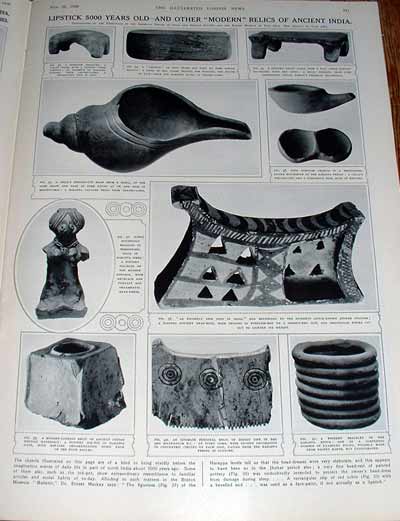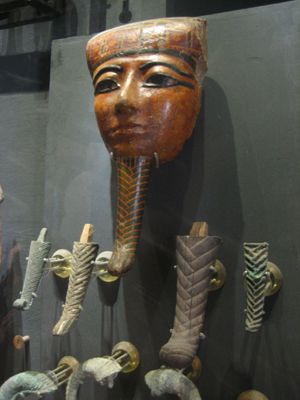Pan-Islamic-Pakistan
ELITE MEMBER

- Joined
- May 28, 2018
- Messages
- 13,150
- Reaction score
- 5
- Country
- Location
such vulgar dress is no more part of our history after Islam came to subcontinent
These are just artist renditions and have no bearing on reality.
The statues likely are idealized portrayals of females (esp for worship,) similar to other cultures' statues like greeks, egyptians, romans, etc.
Some people have an agenda to prove our culture was vulgar, in an effort to promote such vulgarity in the modern day. This is simply not true.
















